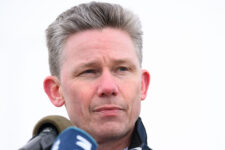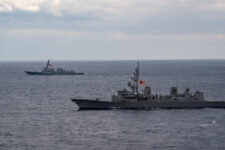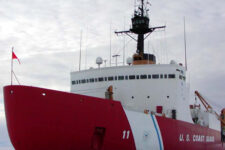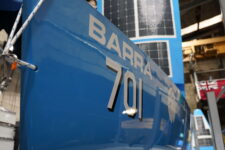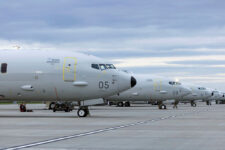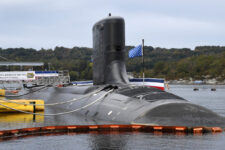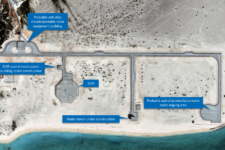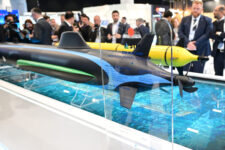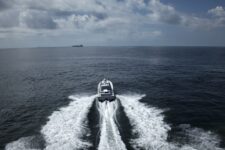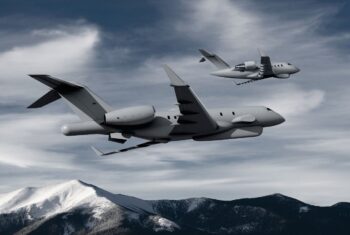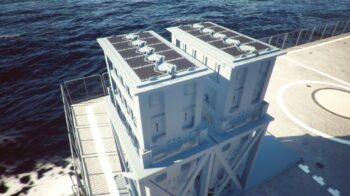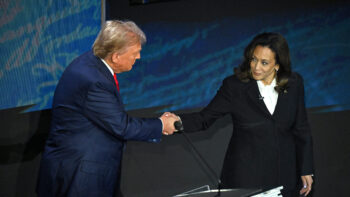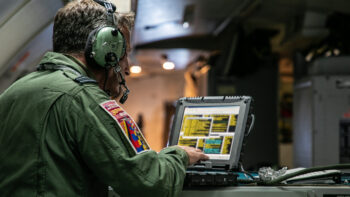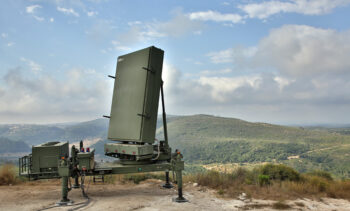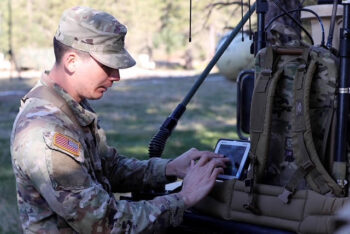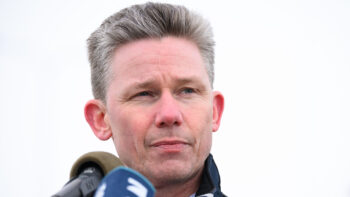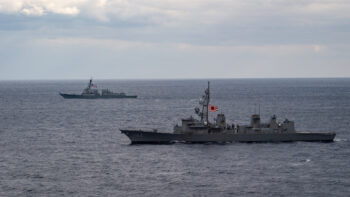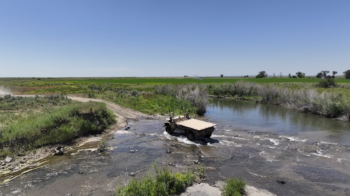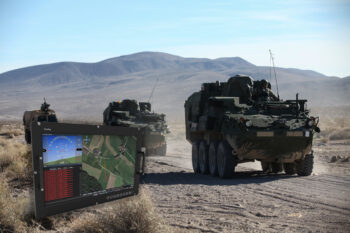
Robbin Laird, international defense consultant, has been in Paris interviewing French military officials about lessons learned in Libya. This is the first of two pieces he’ll do for Breaking Defense on what he’s learned. The Editor.
A main point underscored by the French military was the impact of the political process on military planning. The French President clearly saw the need for the operation and had worked closely with the British Prime Minister to put in place a political process which would facilitate a Libyan support operation for the rebels. But until NATO received the UN Mandate was obtained, no military action could be authorized. This meant that there was little or no planning for military operations with the result that, in the words of one French military officer, “we were forced to craft operations on the fly with little or no pre-planning or pre-coordination. We did some on our own but until the authorization for action was in place, we could not mobilize assets.”
An impact of the slow roll out was that French weapons were not fully available at the start of the operation. Another officer indicated “the elements of French weapons were in various depots. We had to bring those elements together and to assemble them at the initial operational air base.”
The French ran surveillance operations prior to the air operation, but several officers indicated that they were concerned with the quality of the intelligence they had to work with. As an officer commented: “I was reasonably confident with regard to what we knew about the state of Libyan operations, but would have liked greater certainty before launching my aircraft.”
A key aspect of the French operation was the use of virtually the full gamut of their air combat capability — AWACS, tankers, Mirages, Rafales, and various helos. This represented a serious commitment by French leadership.
One key element which emerged from the operation was the strategic significance of multiple basing to conduct operations. The French used multiple bases to operate their air capability. At the beginning of the operation they operated from bases inside France. They then used bases in Corsica (Solenzara was a crucial air base for the operation) as well as in Italy, most notably Sigonella (which is supposed to be closed this year). They used two key sea bases, the aircraft carrier Charles De Gaulle and their helicopter carrier, the Mistral, for combat strike, recce operations and help operations, as well as onboard processing of intelligence from joint French air assets and sending targeting information back to the strike force. They used Souda in Greece to work with the Omanis who were using their Mirage 2000s for the first time in combat, and the French and Omanis worked together, flying 2000s for strike operations.
Another first involving a key French ally is the use of the Anglo-French cruise missile on the Mirage 2000’s which the UAE brought into the fight. The Black Shaheen is the version of the Anglo-French storm shadow which is integrated to operate on the Mirage 2000s, but not the UAEs F-16s.
The Mistral featured prominently in the operations. This helicopter carrier has proven to be a very versatile asset. Its deck can support six helos operating in combat operations. It has hanger space for 16 helicopters. And the Tiger helicopter operated off of the Mistral in night operations. The helos operated, in the words of one French officer, as “vampires” to lower the capabilities of the Libyan forces.
An aspect of the operation of the helos off of the Mistral is noteworthy as well. The frigate with which it was deployed used its guns to support the helo deployment. The guns provided fire suppression to enhance the security of the insertion of the helos off of the Mistral.
The ship’s C2 is first rate and was part of the link to the air fleet for receiving and processing information to shape an intelligence picture in support of strike operations. This demonstrated that integrating maritime with land-based air can provide a powerful littoral operations capability, one which may prove very relevant to the United States as it rethinks the relationship between the USAF and the USN-USMC team in shaping 21st century operations.
Two additional aspects of operations as they moved forward were highlighted from the French point of view. First, the limitations placed on the operation curtailed the ability to succeed and enhanced the ability of Ghadafito survive. Second, after the initial air operations, dynamic targeting was a central objective, and various problems in executing such targeting became evident.
The limitations were three fold.
First, rules of engagement were being proposed by the partners of France in NATO that were “ridiculous,” to quote one French officer. “We received from NATO sources the directive that there were to be NO civilian casualties from our air strikes. My view was, why not just not do airstrikes. We pushed back and insisted on something sane: ‘No excessive civilian casualties from NATO air strikes.'”
The second limitation was allowing Gaddafi to operate in a sanctuary in Libya. As one officer put it: “We wanted to destroy an airfield being used by Gaddafi to bring in mercenaries. We should have destroyed this airfield.” Finally, the American contribution was much more limited than it needed to be. Another officer said “We had 4-5 areas to cover for the air operation; the Americans provided only two UAVs – Predators – which operated for only part of the day. We need to augment our own capabilities to be sure, but……”
And finally the operation underscored the challenge of “dynamic targeting.” The shift from destroying identifiable military equipment being used by the Libyan forces supporting Gaddafi to engaging forces on the ground countering the rebels required “dynamic targeting.” And this can only be done by situational awareness which allows aircraft to target elements blended with the population and this requires aircraft flying low, with close proximity weapons, with forces on the ground able to identify targets in a fluid situation. As a French officer put it: “We had difficulty getting authorization to fly low, we had limited close proximity weapons and we had severe limitations of forces on the ground able to identify accurate targets.”
For one senior officer the problem was clear: “Going forward we have to augment our capability to do dynamic targeting. If we are going to intervene in situations where we are supporting contested space and need to support either local or our own forces, we need better capabilities to influence the situation on the ground. Air systems can clearly do this, but in coordination with ground targeting elements. And the pilots need to be granted more authority.
We have to stop believing that some far-away command authority has better SA or moral authority than the pilot over the target. And the notion that unmanned systems are going to replace the pilot is ludicrous in a dynamic targeting situation. If we are reluctant to give a guy with SA in the pilot’s seat authority, why are we going to give some guy in Nevada or Paris looking through a soda straw the authority to do dynamic targeting.”
Robbin Laird is a member of the AOL Board of Contributors. An international defense consultant, he has served in and worked with all the US military services.
After French court intervenes, Israeli firms rushing to get to Euronaval
Israeli Foreign Minister Israel Katz congratulated the Israeli companies who had petitioned the French court on the outcome of the ruling, but firms are scrambling to figure out if they can get equipment to display at the show.
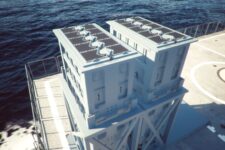
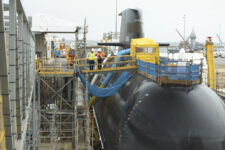
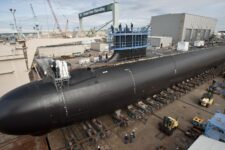
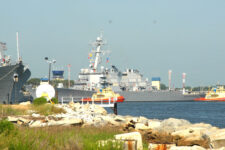
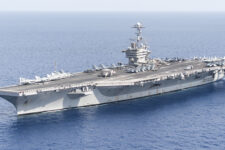
![E-2D_AR_1[1]](https://breakingdefense.com/wp-content/uploads/sites/3/2024/10/E-2D_AR_11-225x150.png)
